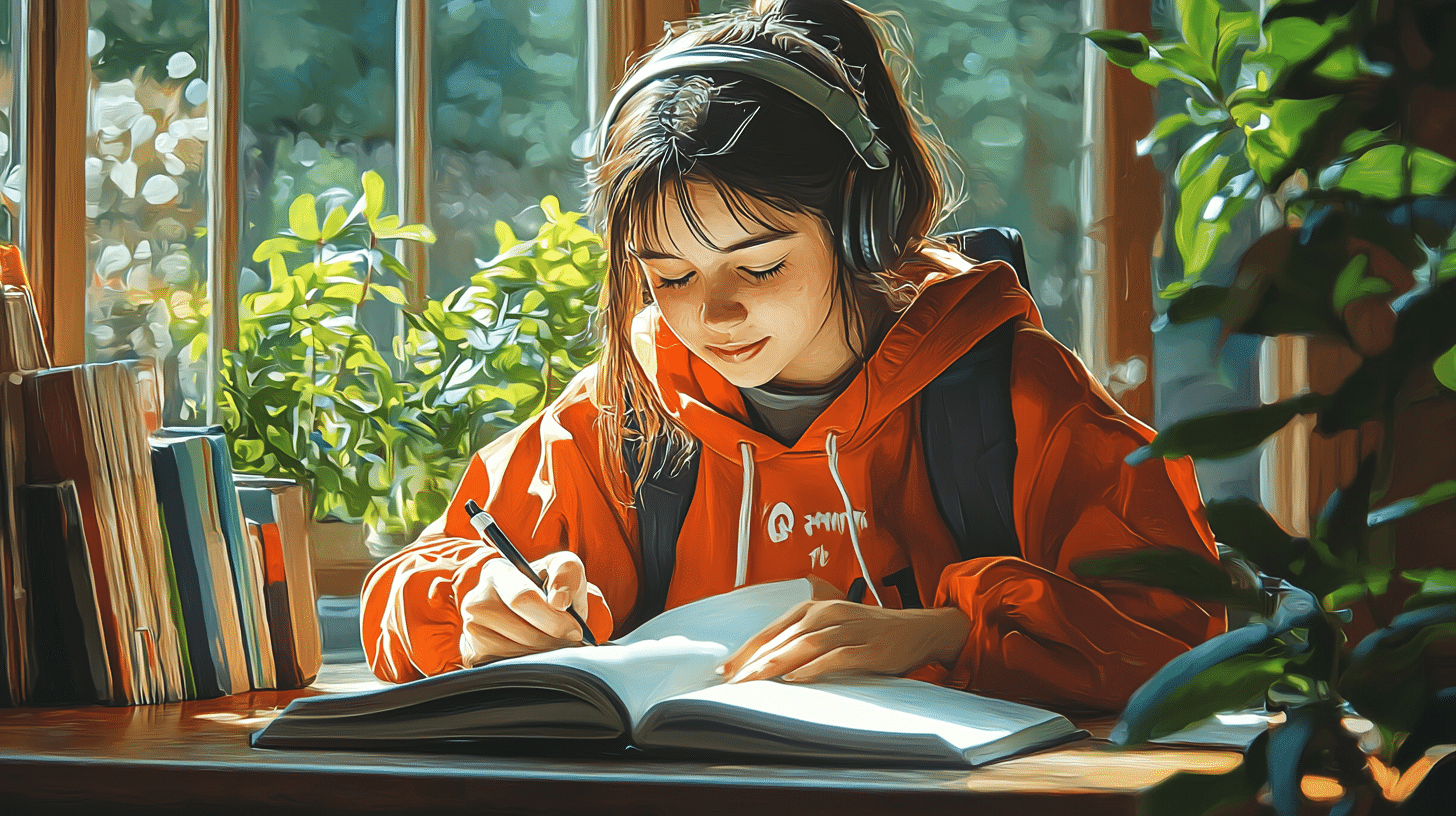Colors and patterns are an essential part of our daily vocabulary. They not only help us describe the world around us but also allow us to express ourselves more vividly and precisely. Whether you’re talking about the clothes you wear, the art you admire, or the environment you live in, understanding the words for colors and patterns is crucial. In this article, we’ll delve into a comprehensive list of English words for colors and patterns, helping you enrich your vocabulary and make your language more vibrant.
Basic Colors
Let’s start with the basics. Here are some fundamental colors that everyone should know:
– **Red**: Often associated with love, passion, and danger.
– **Blue**: Represents calm, trust, and stability.
– **Green**: Symbolizes nature, growth, and harmony.
– **Yellow**: Conveys happiness, energy, and warmth.
– **Orange**: A mix of red and yellow, often linked to enthusiasm and creativity.
– **Purple**: Traditionally associated with royalty, luxury, and wisdom.
– **Black**: Represents power, elegance, and mystery.
– **White**: Symbolizes purity, simplicity, and peace.
– **Brown**: Often connected with earthiness, reliability, and comfort.
– **Pink**: A softer form of red, usually linked to love, kindness, and femininity.
– **Gray**: Represents neutrality, balance, and sophistication.
Shades and Tints
Colors are rarely just one of the basic hues; they come in various shades and tints. Here are some common ones:
– **Maroon**: A dark brownish-red.
– **Navy Blue**: A dark shade of blue.
– **Olive**: A dark yellowish-green.
– **Ivory**: A creamy white.
– **Turquoise**: A blue-green color.
– **Lavender**: A light purple.
– **Charcoal**: A dark gray.
– **Beige**: A light brown.
– **Coral**: A pinkish-orange.
– **Teal**: A dark greenish-blue.
Descriptive Color Words
Sometimes, basic color words aren’t enough to describe what we see. Here are some descriptive color words that can add depth to your descriptions:
– **Crimson**: A rich, deep red.
– **Azure**: A bright blue, like a clear sky.
– **Emerald**: A bright green, like the gemstone.
– **Amber**: A warm, honey-like yellow.
– **Sapphire**: A deep, rich blue.
– **Ruby**: A vivid red.
– **Cyan**: A bright blue-green.
– **Magenta**: A bright purplish-red.
– **Ochre**: A muted yellow-brown.
– **Periwinkle**: A soft, pastel blue.
Patterns
Patterns add texture and interest to surfaces. Here are some common patterns you might come across:
– **Stripes**: Parallel lines that run across the surface. They can be vertical, horizontal, or diagonal.
– **Polka Dots**: A pattern consisting of an array of filled circles.
– **Plaid**: A pattern with crossed horizontal and vertical bands in multiple colors.
– **Checks**: Similar to plaid but with a simpler, two-color scheme.
– **Houndstooth**: A duotone textile pattern characterized by broken checks or abstract four-pointed shapes.
– **Paisley**: A pattern featuring teardrop-shaped motifs with a curved upper end.
– **Floral**: Patterns that consist of flowers or flower-like shapes.
– **Geometric**: Patterns made up of geometric shapes like squares, triangles, and circles.
– **Argyle**: A pattern made up of diamond shapes in a diagonal checkerboard arrangement.
– **Chevron**: A pattern of inverted V-shaped lines.
Describing Colors and Patterns in Context
To effectively use these words, it’s important to understand how to describe colors and patterns in context. Here are some examples:
1. **Clothing**: “She wore a navy blue dress with white polka dots.”
2. **Interior Design**: “The living room was decorated with emerald green cushions and a plaid throw.”
3. **Nature**: “The sunset painted the sky in shades of crimson and amber.”
4. **Art**: “The painting featured a turquoise background with geometric patterns.”
Combining Colors and Patterns
Combining colors and patterns can create striking visual effects. Here are some tips:
– **Contrast**: Combining contrasting colors and patterns can make a bold statement. For example, a black and white chevron pattern is eye-catching.
– **Harmony**: Using colors that are close to each other on the color wheel can create a harmonious look. For example, a blue and green floral pattern can be soothing to the eye.
– **Accent**: Use a bold color or pattern as an accent to draw attention to a specific area. For example, a bright red stripe on a gray background can be very effective.
Idiomatic Expressions with Colors
Colors are often used in idiomatic expressions in English. Here are some common ones:
– **Red tape**: Bureaucratic procedures that are considered unnecessary and time-consuming.
– **Feeling blue**: Feeling sad or depressed.
– **Green thumb**: Someone who is good at gardening.
– **Yellow-bellied**: Cowardly.
– **In the black**: Financially solvent or profitable.
– **In the red**: In debt or losing money.
– **White lie**: A harmless or small lie, usually told to avoid hurting someone’s feelings.
– **Gray area**: Something that is not clearly defined and is open to interpretation.
– **Caught red-handed**: Caught in the act of doing something wrong.
Exercises to Practice
Here are some exercises to help you practice using these words:
1. **Descriptive Writing**: Write a paragraph describing a room in your house using at least five color words and two pattern words.
2. **Color Matching**: Match the color words with their correct shades. For example, match “maroon” with “dark brownish-red.”
3. **Pattern Identification**: Look around your environment and identify patterns. Describe them using the words you’ve learned.
4. **Idiomatic Expressions**: Use each of the idiomatic expressions in a sentence of your own.
Conclusion
Understanding and using a wide range of color and pattern words can greatly enhance your descriptive abilities in English. Whether you’re describing a beautiful sunset, a stylish outfit, or an intricate piece of art, having the right words at your disposal is invaluable. Practice these words, incorporate them into your daily conversations, and you’ll find yourself becoming a more vivid and expressive speaker. Happy learning!

